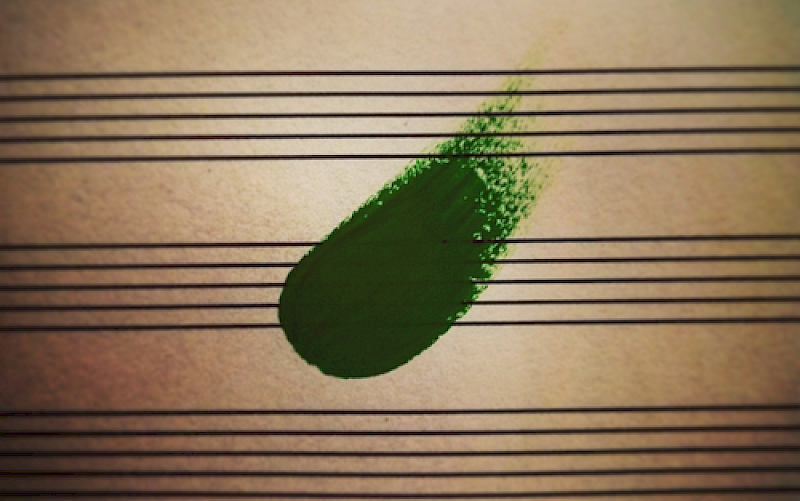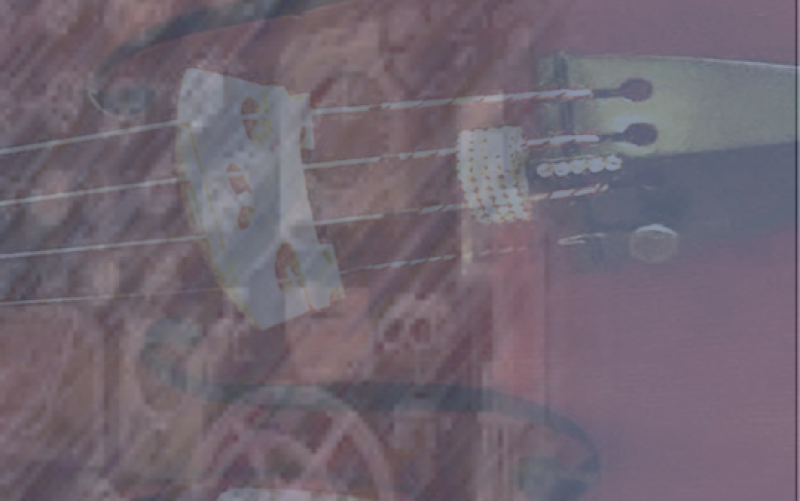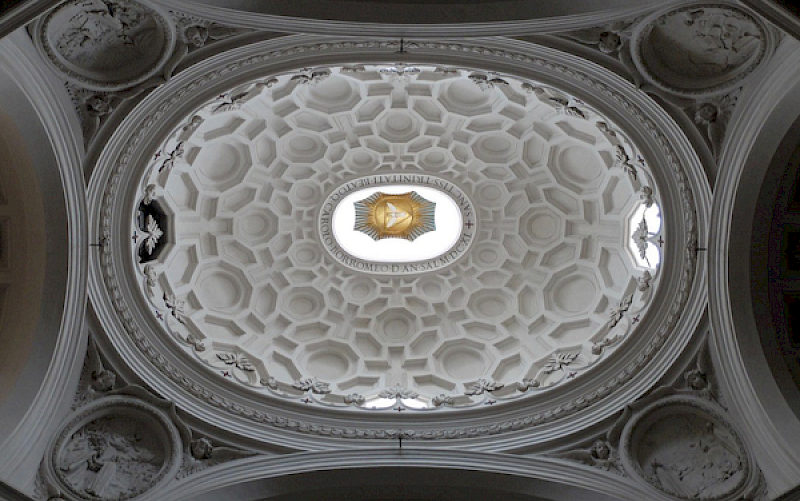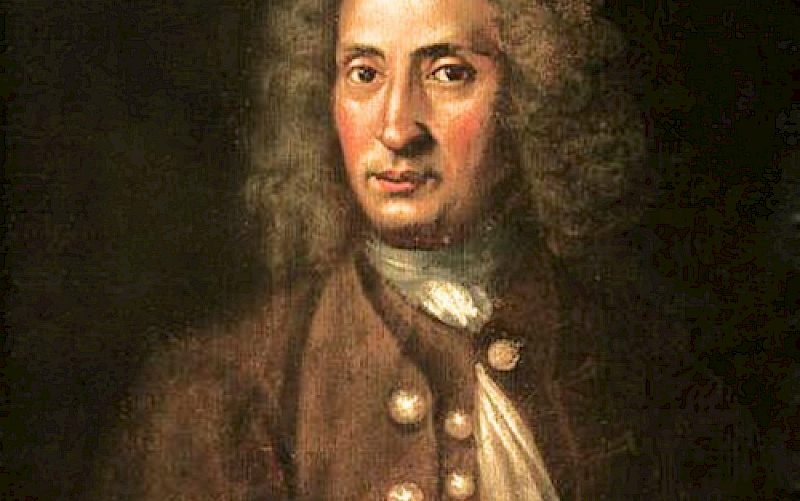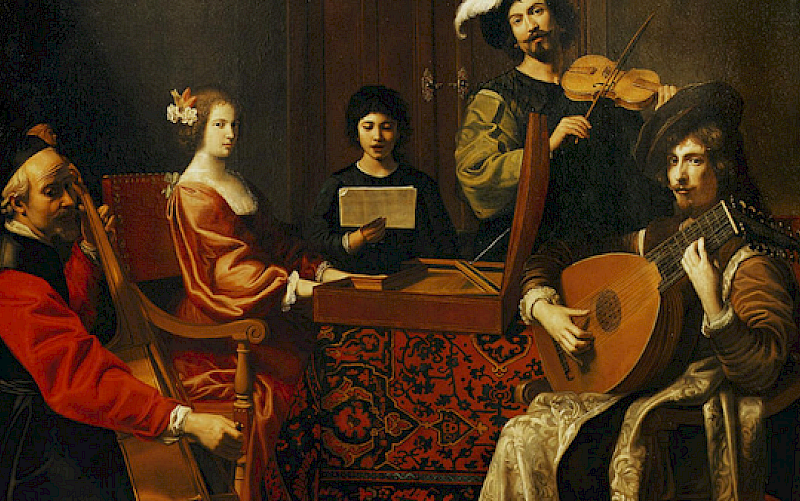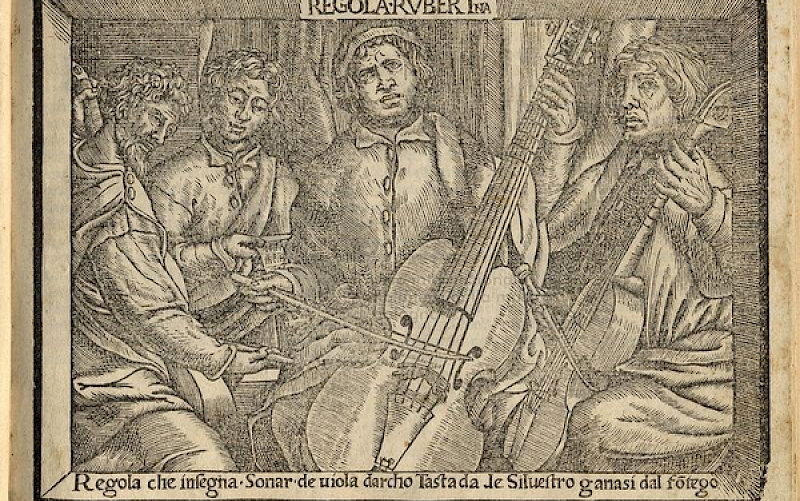The influence of some characteristics of Romanian folk music on the Romanian Rhapsody no. 1 opus 11 by George Enescu – An arrangement for 2 pianos
Name: Andrea Vasi Main Subject: Piano Research Coach: Theo Verbey Title of Research: The influence of some characteristics of Romanian folk music on the Romanian Rhapsody no. 1 opus 11 by George Enescu – An arrangement for 2 pianos Research Question: What is the nicest way to make an arrangement for 2 pianos of the first Romanian Rhapsody opus 11 no. 1 by George Enescu, and how has this piece been influenced by Romanian folk music? Research Process: My (Romanian) father, who is also a professional musician, helped me in the sense that he told me his views on what Romanian folk music was, which I took as a starting point. Throughout my childhood, I listened to Romanian folk music a lot (every week, we went to a café in The Hague where Romanians would play their music), so I have quite much personal experience with it as well (I sometimes played along, and had my own ‘gypsy’ ensemble). Only one valuable book on Enescu has been published in the west, in 1990, namely ‘George Enescu: His Life and Music’ by N. Malcolm. A lot of biographical and musicological information on Enescu I could find in here, but I really needed my father to translate the Romanian sources I had collected. I had the chance to quote Enescu himself, because he did some extensive interviews with B. Gavoty. As for the arrangement, I am a pianist myself, and played and studied a lot two piano-pieces in the past. With the help of my coach, composer Theo Verbey, I made my own arrangement for two pianos of Enescu’s Romanian Rhapsody no. 1 opus 11. Summary of Results: First of all, one can find the arrangement I made of the Romanian Rhapsody no. 1 opus 11 by George Enescu in the Appendix. I make clear how I made this arrangement for two pianos, and why I made it like this. The main goals were to keep the material as much intact as possible, but while doing this, I wanted to make sure both piano parts were very ‘playable’, very ‘pianistic’. Secondly, I wanted to know how this piece has been influenced by Romanian folk music. In order to be able to do this, I had to determine what ‘Romanian folk music’ actually is. So I tried to narrow it down to the most distinct and prominent characteristics. I did this in chapter three, in which I started by quoting Enescu himself on the subject. According to him, the music of his country is full of ‘dor’ (‘Sehnsucht’), and there is ‘sadness even in the midst of happiness’. Shifting between major and minor also occurs frequently, I noticed. When I started analyzing songs I knew from my childhood, and started looking for characteristics on the internet, in chapter four, I deminstrated that there are some elements which appear in most of Romania’s folk music, concerning instruments, scales and modes, meter and rhythm, ornamentation, ‘doina’ and gypsies.
